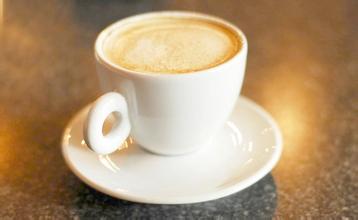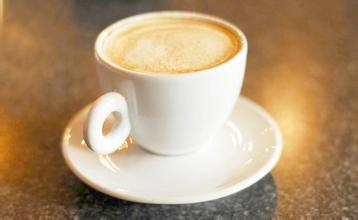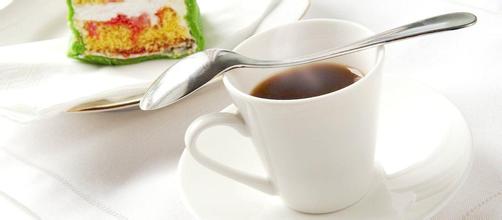Venezuelan coffee producing area of San Cristobal with different coffee tastes
The characteristics of Venezuelan coffee:
Venezuelan coffee tastes different from other coffee in Latin America. It is delicious, light and less sour than traditional coffee, which makes it not only blended but also distinctive.
Flavor: rich and delicious fruit flavor
Suggested baking method: medium to deep baking, multiple uses
★★: good
The market for Venezuelan coffee:
Currently, most Venezuelan coffee is exported to Russia and Colombia, where it is repackaged. Many small newly rebuilt plantations have also begun to export coffee on their own. The coffee industry is not very prominent among the country's many industries. One of the many plantations in Merida, under the Andes, belongs to the Pablo and Pulido families, an ancient farm that has been allowed to downsize. Since taking over the farm in the early 1980s, the Pulido family has grown new trees to expand the farm while harvesting coffee from existing bourbon trees.
The Caracas Zhouyuan area, once famous for its coffee, has resumed production. In addition, the Jean and Andries AndresBoulton plantations in the Turgua region also grow the Tippica Coffee Tree. The best coffee names in Venezuela are: Montebello in San Cristobal (SanCristobaldeTachira) in Tacira, Miramar in Rubio (RubiodeTachira) in Tazira, Granija in Timothe in Merida, Granija in Merida. Araglaneza (AlaGranjia) is produced in SantaAnnadeTachira, Tazira. Other high-quality products include Maracaibos (the name of the coffee export port), Merida, Trujillo (Trujillo), SantaFilomena (San Ferromona) and Cucuta (Venezuela's coffee producing areas):
The best coffee producing area in Venezuela is the southwestern state of Tachira. But the name Tazira has been indiscriminately used for coffee beans across the country

Important Notice :
前街咖啡 FrontStreet Coffee has moved to new addredd:
FrontStreet Coffee Address: 315,Donghua East Road,GuangZhou
Tel:020 38364473
- Prev

Coffee producing countries in Dominica introduce the flavor and taste characteristics of Santo Domingo coffee.
The earliest coffee in Dominica was introduced from Martinique (the overseas province of France), dating back to the early 18th century. Dominica is an island country with a tropical climate. The temperature changes little throughout the year. Except for the lower temperature in the Central Cordillera Mountains, which can reach less than 0 ℃ in winter, the annual average temperature in other areas is between 25 and 30 ℃, which is affected by the mountain topography.
- Next

Hawaiian Kona Coffee with volcanic soil introduces the Manoa Valley producing area of Oahu.
Hawaii is a paradise for tasting and buying coffee. Each island has several unique places for tourists and local residents to taste and buy coffee, including comfortable and warm shops and comprehensive centers to introduce coffee knowledge. In Hawaii, you can watch the fiery sunset sink into the red-orange sea, feel the fresh air filled with the scent of flowers, and sit by the sea and have a drink
Related
- Does Rose Summer choose Blue, Green or Red? Detailed explanation of Rose Summer Coffee plots and Classification in Panamanian Jade Manor
- What is the difference between the origin, producing area, processing plant, cooperative and manor of coffee beans?
- How fine does the espresso powder fit? how to grind the espresso?
- Sca coffee roasting degree color card coffee roasting degree 8 roasting color values what do you mean?
- The practice of lattes: how to make lattes at home
- Introduction to Indonesian Fine Coffee beans-- Java Coffee producing area of Indonesian Arabica Coffee
- How much will the flavor of light and medium roasted rose summer be expressed? What baking level is rose summer suitable for?
- Introduction to the characteristics of washing, sun-drying or wet-planing coffee commonly used in Mantenin, Indonesia
- Price characteristics of Arabica Coffee Bean Starbucks introduction to Manning Coffee Bean Taste producing area Variety Manor
- What is the authentic Yega flavor? What are the flavor characteristics of the really excellent Yejasuffi coffee beans?

